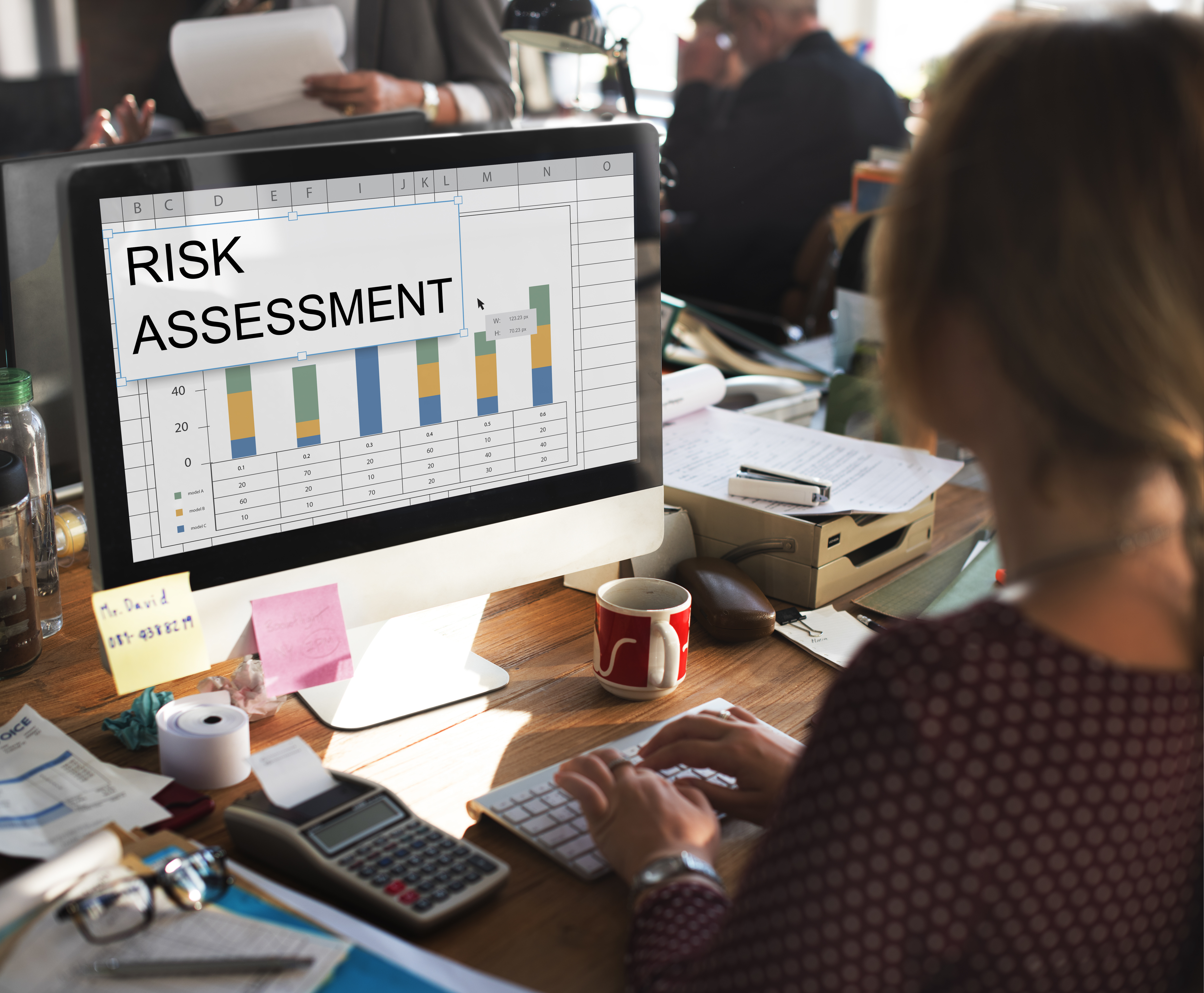Introduction to Risk Assessment
Introduction of Risk Assessment
Start exploring the field of risk assessment by using this introduction session. We go over the fundamentals, defining risk assessment and outlining its importance. Recognize the basic ideas that serve as the foundation for efficient risk management.
Finding Risks Made Simple
We streamline the process of identifying possible threats in this module. Understand how to recognize and evaluate the risks in your surroundings. This introduction makes sure you understand the fundamental knowledge and abilities required for a thorough risk assessment.
Recognizing Risk Elements
Examine the variables that affect risk in detail. An understandable summary of the roles that probability and consequences play in risk assessment and management is given in this module. Learn more about the factors that affect risk assessment decision-making.
Risk Assessment in Simple Terms
Deconstruct the process of risk assessment. We'll walk you through a methodical process for prioritizing and assigning values to risks. This introduction guarantees that you will be able to make wise choices in the face of many possible risks.
Unveiling Risk Mitigation Techniques
Examine doable approaches to risk reduction. This module introduces you to low-tech, high-impact risk control strategies. Discover how to create plans of action that will improve security and lessen the effect of any threats.
Lessons
Brief Description of Introduction to Risk Assessment
This course introduces risk assessments, their importance, and execution. It covers the UK workplace deaths and injuries, their benefits and risks, and the impact of legislation, regulation, civil law, and codes of practice.
Module 2: Legislation, Regulation and Civil Law
Module 3: Strategy - Options and Elements
Module 4: Identifying Hazards
Module 5: Who Might Be Harmed and Evaluating the Risks
Module 6: Evaluating Risk - The Practicalities
Module 7: Recording and Reviewing
Module 8: Management and Responsibilities





